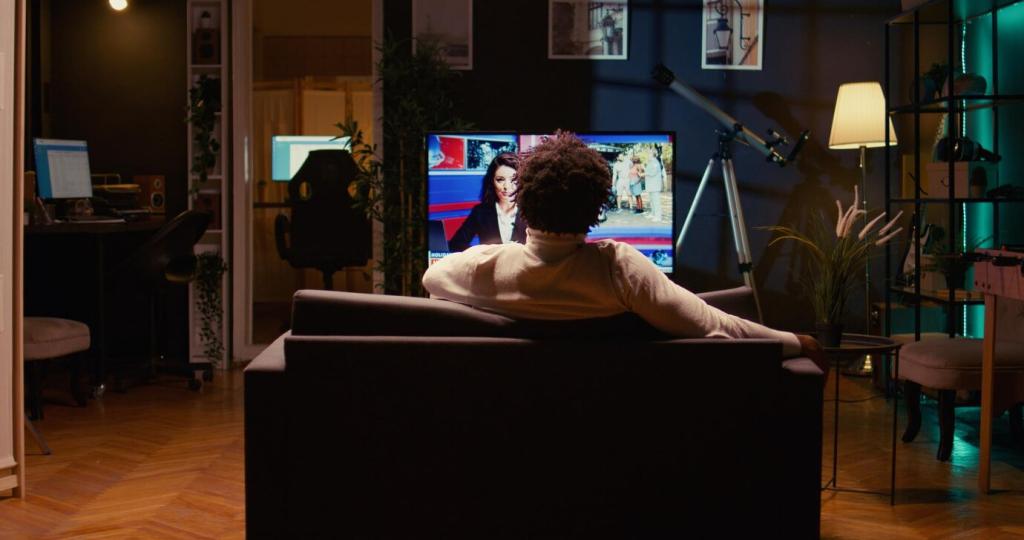The Evolution of Music Documentaries on Television
Chosen theme: The Evolution of Music Documentaries on Television. From grainy black-and-white profiles to binge-worthy docu-series, we’ll explore how TV reshaped the way we hear, see, and remember music. If this era-spanning journey resonates, subscribe and tell us which TV music documentary changed how you listen.
From Broadcast Beginnings to Prime-Time Spotlight
Early arts programming proved television could hold stillness, silence, and nuance. The BBC’s Monitor and Ken Russell’s Elgar illuminated musicians as complex human beings, not just performers, laying foundations for intimate storytelling that later generations refined.
From Broadcast Beginnings to Prime-Time Spotlight
Public broadcasters nurtured patience, context, and curation. Series like PBS’s Great Performances and the BBC’s Arena offered space for archival deep dives, commissioning documentaries that treated music history as scholarship and lived culture rather than disposable entertainment.



Technology Shapes the Narrative
01
When stereo broadcasting arrived, televised music stopped sounding like a memory and started feeling present. Later, surround mixes and meticulous remasters let living rooms vibrate, turning archival performances into immersive experiences that honored both the artist’s intent and the audience’s ears.
02
Affordable digital cameras brought intimacy without intimidation. Editors could shape sprawling tours into emotional arcs quickly, while vérité crews captured fragile backstage moments. The result: television documentaries that feel less staged and more like time capsules breathed in real time.
03
Streaming shattered rigid runtime slots, allowing episodes to expand or contract with the story. Long-form series could dwell on creative processes, while short, potent episodes spotlighted hidden scenes—an elasticity that television seized to honor musical complexity without compromise.
Televised documentaries helped decide which albums mattered, but they also dismantled tidy legends. By revisiting studio logs, contracts, and eyewitness accounts, TV projects rebalanced credit, acknowledged collaborators, and revealed how luck, labor, and context conspire to create a so-called classic.
Cultural Impact and Representation
Recent television series foregrounded women producers, queer lineages, and diasporic scenes—K-pop training systems, Afrobeat collectives, and Latin urban innovators. Representation expanded from token profiles to ecosystem portraits, showing how communities craft sound, style, and opportunity across borders and generations.
Cultural Impact and Representation


Memorable Moments: Anecdotes From the Edit Suite
An archivist opened a mislabeled crate to find rehearsal reels with candid laughter, false starts, and a melody forming mid-conversation. Televised, those minutes felt miraculous—proof that greatness often begins as a hesitant, beautiful guess in a quiet room.
Memorable Moments: Anecdotes From the Edit Suite
Producers invited viewers to submit gig photos and camcorder clips. The mosaic challenged official narratives, restoring overlooked players and venues. Television transformed fandom into historical stewardship, weaving everyday witnesses into the authoritative fabric of musical memory.
What Comes Next for Music Documentaries on TV
Imagine choosing rehearsal, studio, or stage perspectives in real time, with synchronized lyric annotations and session notes. Television can integrate these layers without overwhelming viewers, turning passive watching into guided exploration that rewards curiosity and replay.
